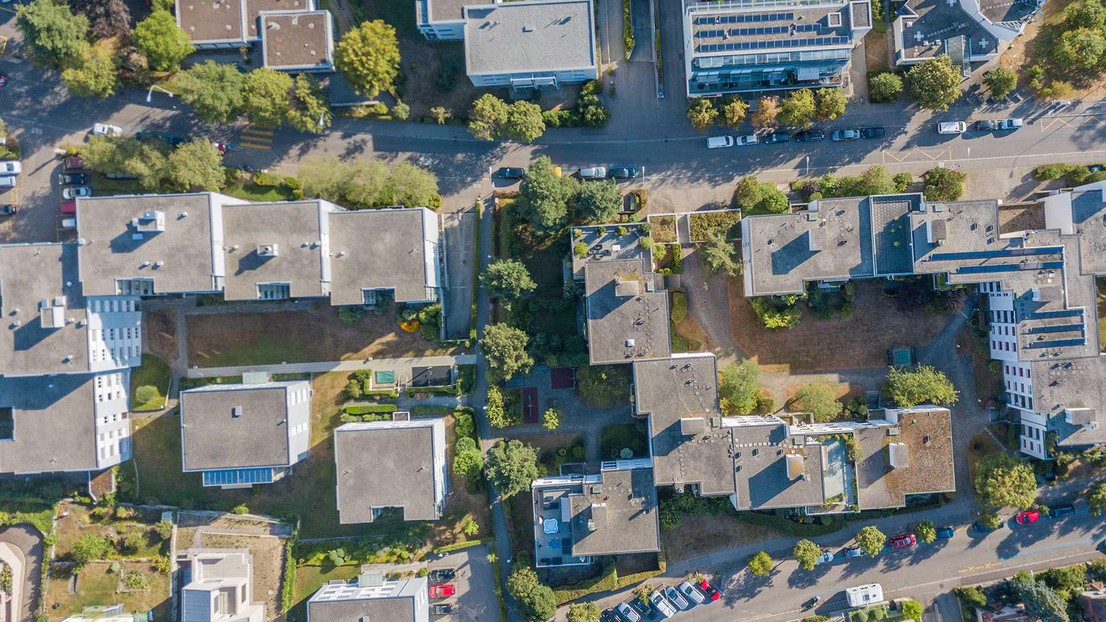The spatial distribution of urban trees can impact human health

Image: Mario / Adobe Stock
A long-term study on Switzerland has found a link between the spatial arrangment of residential trees and mortality risk.
A recent study, co-authored by Prof. Manoli, has found that both tree canopy cover in residential areas and the spatial arrangement of trees correlate with mortality risk.
The study is based on high-resolution tree canopy data across Switzerlad and information on the survival time of the resident in the respective neighbourhoods - considering over six million adults. Results suggest that, at the neighbourhood level, aggregated tree clusters may provide greater health benefits than fragmented green spaces. Yet, more research is needed to understand the precise health effects of tree cover and guide urban planning interventions.
Read more on ETH News.
Chi D, Manoli G, Lin B, Aerts R, Yang J, Hahs A, Richards D, Meili N, Zhu Y, Qiu Y, Wang J, Burlando P, Fatichi S, Tan PY. Residential tree canopy configuration and mortality in 6 million Swiss adults: a longitudinal study. Lancet Planet Health 2025: 9. https://doi.org/10.1016/S2542-5196(25)00022-1